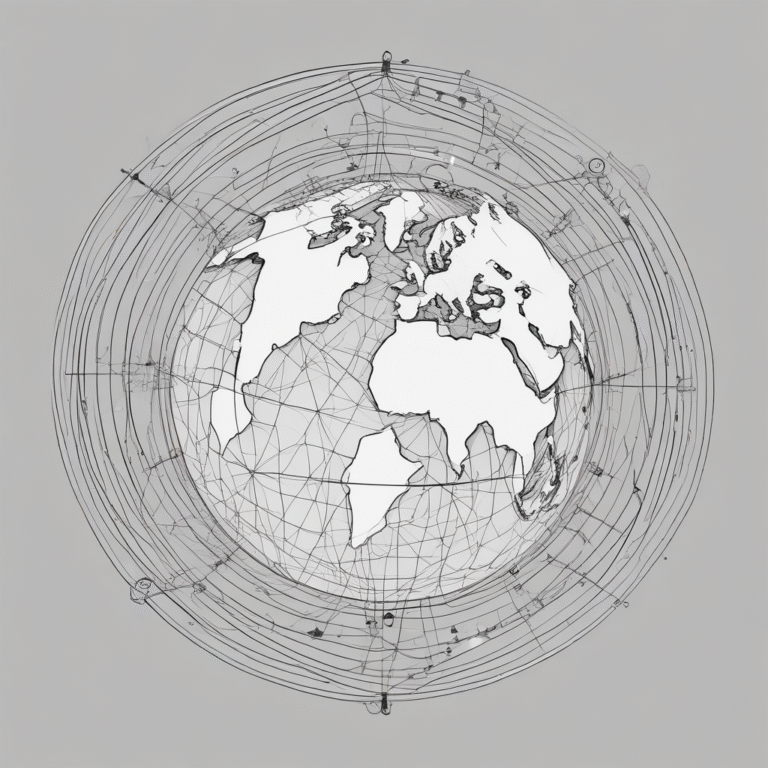Understanding MCP Architecture: The Control Plane for Responsible AI at Scale
As large-scale AI systems mature, enterprises are transitioning from merely training and deploying models to seeking governance, reliability, and visibility across every part of the model lifecycle. This evolving need brings the Model Control Plane (MCP) into focus.
What Is MCP?
The Model Control Plane serves as a centralized orchestration and governance layer for model operations. Drawing inspiration from cloud-native control planes, such as Kubernetes, MCP is designed to:
- Route model access
- Enforce usage policies
- Monitor model behavior
- Track metadata, versions, and access logs
Core Components of MCP Architecture
The architecture of MCP is built upon several core components:
1. Model Registry & Metadata Store
This component stores essential information such as version info, ownership, training context, and lineage for all deployed models.
2. Policy Engine
The Policy Engine controls who can access which model and under what permissions, integrating with RBAC (Role-Based Access Control) and ABAC (Attribute-Based Access Control).
3. Observability Layer
A centralized dashboard that provides insights into model usage, token consumption, latency, and quality metrics.
4. Shadow & Canary Testing
This supports gradual rollouts and side-by-side evaluation of model versions in a production environment, allowing for more controlled testing.
5. Feedback Loop Integration
This component hooks into user feedback, logs, or labeling systems to provide insights that can inform future training.
Why MCP Matters for LLMOps
The importance of MCP in the context of LLMOps (Large Language Model Operations) cannot be overstated. Here are several reasons why it is crucial:
- Security: MCP prevents the misuse of powerful foundation models.
- Scalability: It enables standardized deployment of multiple models across various teams.
- Compliance: MCP provides traceability and audit trails, which are essential for regulated industries.
- Reliability: It intelligently routes traffic, handles failovers, and tracks Service Level Agreements (SLAs).
Final Thoughts
As AI systems continue to scale across teams and industries, the Model Control Plane is becoming as critical as the models themselves. By decoupling control from execution, MCP facilitates faster innovation without compromising on governance or trust.
For organizations designing or utilizing a Model Control Plane in their AI stack, sharing experiences and insights can be invaluable in navigating the complexities of AI governance.










